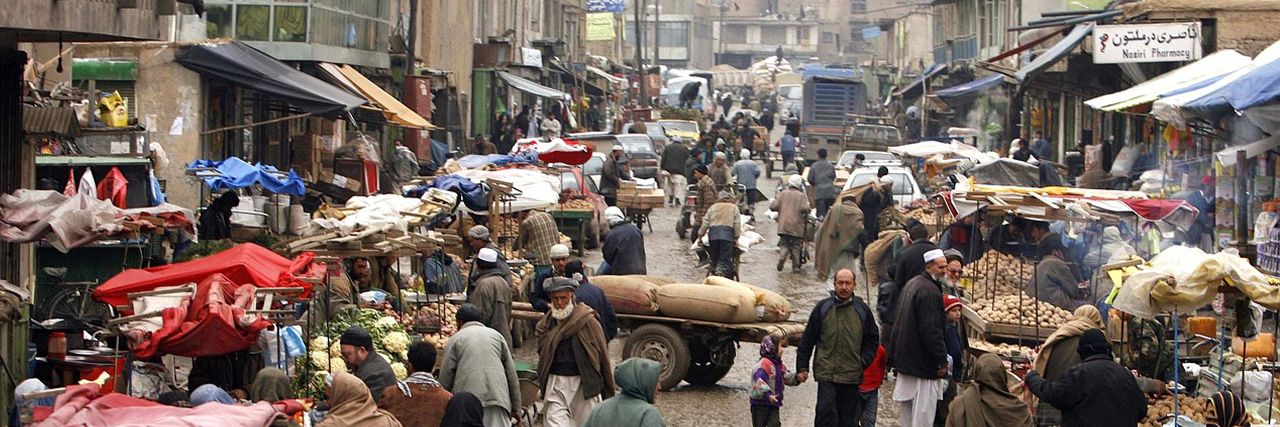Afghanistan Overview
Afghanistan, a landlocked country in Central Asia, has been historically shaped by its strategic location at the crossroads of ancient trade routes and its rugged terrain. It borders Pakistan to the south and east, Iran to the west, Turkmenistan, Uzbekistan, and Tajikistan to the north, and China to the northeast. With a population of over 38 million people comprising diverse ethnic groups, Afghanistan has faced significant challenges and transformations throughout its history.
Geography and Demographics
Afghanistan's geography is dominated by mountainous terrain, including the Hindu Kush range, which runs northeast to southwest, and the fertile valleys such as the Kabul and Helmand River valleys. The capital, Kabul, lies in a valley surrounded by mountains. The country experiences a diverse climate ranging from arid and semi-arid conditions to colder mountainous regions.
Ethnically, Afghanistan is predominantly composed of Pashtuns, Tajiks, Hazaras, and Uzbeks, with Pashtuns traditionally holding a dominant position in Afghan politics and society. The population is largely rural, with a significant portion engaged in agriculture, although urbanization has been increasing in recent decades.
History and Politics
Afghanistan has a complex history marked by ancient civilizations, invasions, and periods of relative stability under various dynasties. In the 20th century, the country underwent significant political changes, including a monarchy that lasted until 1973, followed by decades of conflict and civil war, exacerbated by foreign interventions and the Soviet invasion in 1979.
The late 20th and early 21st centuries saw Afghanistan under Taliban rule from 1996 to 2001, marked by strict Islamic governance and international isolation. The U.S.-led invasion in 2001 ousted the Taliban regime in response to their harboring of al-Qaeda leaders responsible for the 9/11 attacks. This invasion led to a protracted conflict involving NATO forces, the Afghan government, and various insurgent groups, including the Taliban.
Society and Culture
Afghanistan's society reflects a blend of Islamic traditions and diverse cultural influences from its history as a crossroads of civilizations. Islam, predominantly Sunni, shapes many aspects of daily life and societal norms, although Shia Islam is practiced by the Hazara minority. Traditional practices and customs vary widely across ethnic groups and regions.
Cultural expressions include poetry, music, and art, with Afghan poetry renowned for its lyrical beauty and themes of love, war, and nature. Music ranges from classical Afghan styles to more contemporary genres influenced by neighboring countries. Cuisine features rice, kebabs, and bread, with flavors influenced by Persian, Indian, and Central Asian culinary traditions.
Economy and Challenges
Afghanistan's economy has historically relied on agriculture, including crops like wheat, fruits, and nuts, alongside livestock farming. Mineral resources, including copper, lithium, and rare earth elements, present potential economic opportunities, although exploitation has been hindered by security challenges and infrastructure limitations.
Challenges facing Afghanistan include ongoing conflict and instability, which have hindered economic development and basic service provision. Issues such as poverty, gender inequality, and limited access to education and healthcare remain pervasive. International efforts to stabilize Afghanistan and support development have been ongoing, with varying degrees of success.
Conclusion
In conclusion, Afghanistan's history and contemporary challenges illustrate a complex tapestry of cultural richness, geopolitical struggle, and resilience. The country continues to navigate a path towards stability and development amidst ongoing regional and international dynamics, seeking to harness its rich cultural heritage and abundant natural resources for the benefit of its diverse population.
 Shop
Shop Info
Info Words
Words World
World






 Afghanistan Overview
Afghanistan Overview
